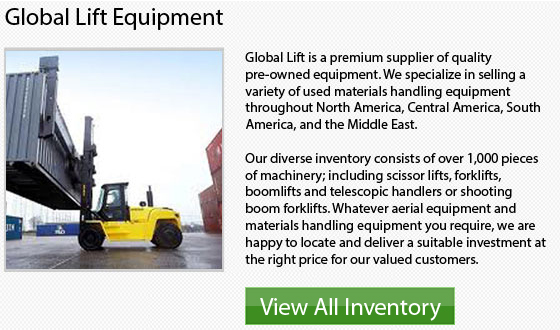
There are times it pays to examine the method of choosing a lift truck. For instance, does your company always choose the same models for your dock work? If so, you can potentially miss out on a more efficient truck. There may be various other models available on the market that allow more to get accomplished as they offer less fatigue to operators. You might be able to take advantage of loading trailers in a more cost-effective way. By doing some evaluation and research, you can determine if you have the right machine to suit your requirements. By reducing operator fatigue, you can significantly increase your performance.
Some of the important factors to consider when determining forklift models that deal with particular concerns consist of:
Trailer Loading Frequency:
You probably won't need an expensive lift truck to complete jobs if your shipping and receiving department loads just a few box trucks or semi-trailers a week. An inexpensive walkie-rider or walkie unit would be able to deal with the job if: A 4500 to 6000 lb. capacity is sufficient and you do not need to stack loads in the trailer. Last of all, you must think about whether or not the transition from the dock floor to the dock leveler and into the trailer is not too jarring for the operator because the small load wheels should travel over the dock plate.
If your shipping facility is always loading trailers however, a stand-up end control unit could make more sense over a walkie model or a walkie-rider. These battery-powered forklifts easily fit into a standard 108 inch trailer door. Their masts enable in-trailer stacking. These forklifts provide a model capacity range from 3000 to 4000 lbs.
Operator Duties:
For material handling requirements, every company has a slightly different system. Several lift truck operators would normally unload and load products in the shipping department as well as storing objects on inventory racks, replenish the manufacturing line, handle the paperwork associated with the loads, scan and attach bar codes and other jobs. Usually, the forklift operators who are always on and off of their lift trucks during their shifts find it less tiring and much faster to exit a stand-up control model, rather than a sit down kind.